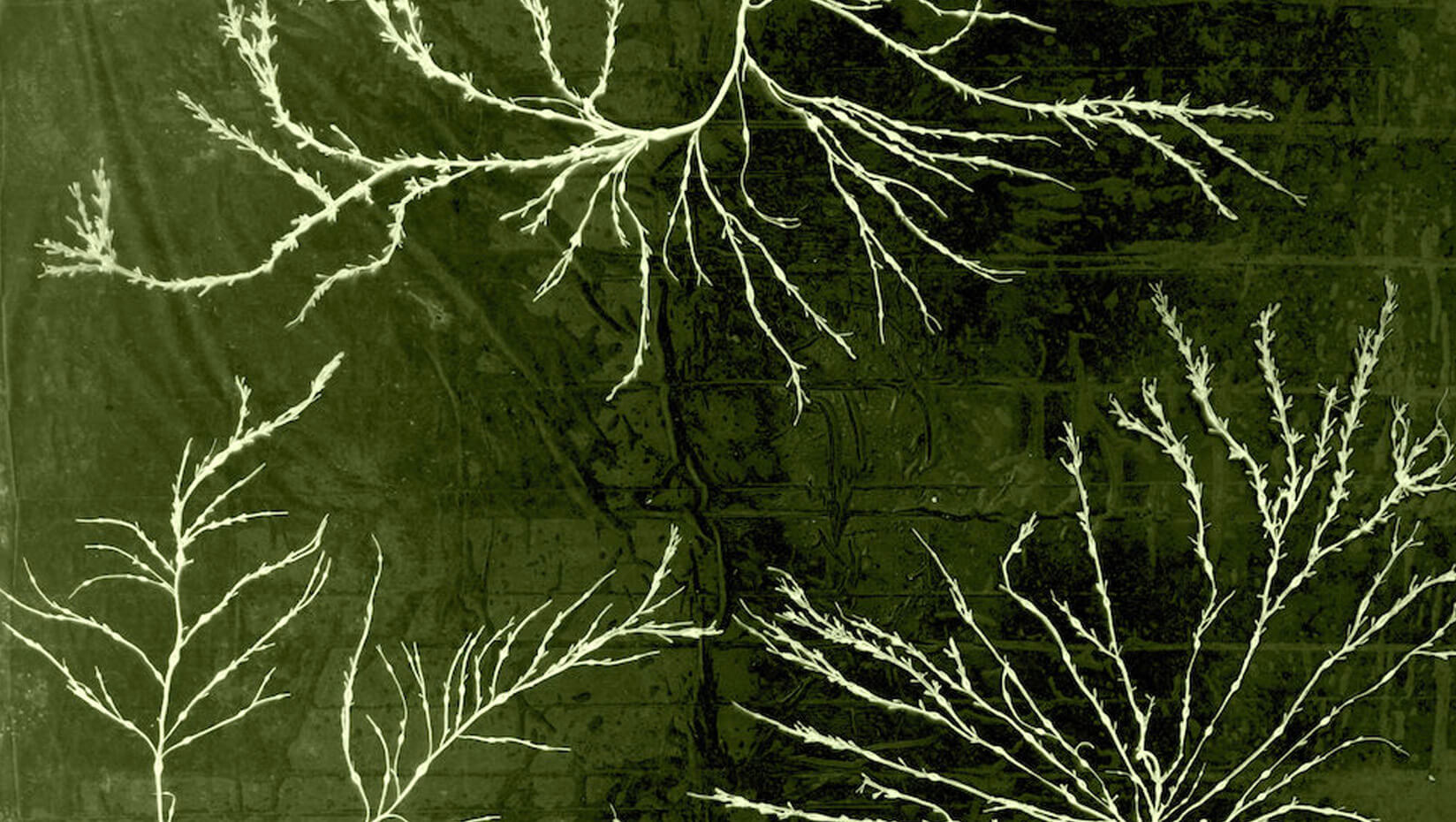
Three graduate students study rockweed, ‘a system of curiosity’
Rockweed is sometimes called an “ecosystem engineer,” because its branched structure alters the surrounding environment, and creates space for other species to find shelter and food. The marine alga also is a valuable source of nutrients and other compounds with commercial purposes. In the past decade, increased harvesting has led to questions about the effects on the “engineered” ecosystem of a rockweed bed — queries that are driving Hannah Webber’s research.
Webber graduated from the University of Maine in 1998 with a master’s degree in zoology. In her position as research and education projects manager with Schoodic Institute, she brought the Signs of the Seasons project on rockweed phenology to Schoodic Point. Once she started studying the rockweed ecosystem, she found that it became more than just a beautiful aspect of the Maine coast, but “a system of curiosity.”
“And rockweed had all of these issues about harvesting and questions about impact and regrowth,” she says. Curious, she decided to focus more deeply on rockweed, and pursue a Ph.D. with Amanda Klemmer and Brian Olsen in UMaine’s School of Biology and Ecology, and Jessica Muhlin, associate professor of marine biology at Maine Maritime Academy, who received funding from Maine Sea Grant in 2018 to study rockweed ecology.
Two other graduate students are part of the project. Elliot Johnston is studying the birds that use rockweed as habitat, and Hannah Mittelstaedt is looking at invertebrates.
“It is so nice to finally have a comprehensive research project on rockweed,” says Muhlin, whose specialty is marine algae, which she studied while earning her Ph.D. at UMaine. “We have Brian looking at birds, Amanda the food web, Hannah the physical system. It’s really a good group, a true collaboration with equal emphasis on all parts.”
Rockweed grows back after it is cut by harvesters, but often in a different shape. Instead of a stringy seaweed with a few long, single fronds, rockweed regenerates multiple, shorter, branching fronds into a bushier form.
“The reason for this is that harvest reduces the canopy cover, and suppressed shoots have more sunlight to grow in, and the wounding response to the cut at the frond often induces more growth,” Muhlin says.
In this first year of her research, Webber is trying to figure out how to measure this architecture and its relationship with the invertebrate community that lives in and on rockweed beds.
“What’s important?” she asks. “Complexity? Height? I had no idea.” So she designed an experiment to find out.
On a cool, sunny day in mid-September, Webber and Muhlin visited one of the experimental locations in Gouldsboro to retrieve samples of the rockweed. First they had to hike two miles down an old four-wheeler road through the mossy spruce woods in the Gouldsboro Bay District of Maine Coastal Islands National Wildlife Refuge. The trail ended at a small clearing on the rocky shoreline. The sample location was straight ahead, about fifty feet from the shore, marked with buoys cut from foam pool noodles.
Webber manufactured cylindrical mesh bags that she placed over individual rockweeds, attached to the base near the holdfast and to the buoys near the surface. The collectors had been out for a full tidal cycle. Retrieving them meant inflating a paddleboard, paddling out on the ebbing tide, pulling up the bags and cinching them at both ends to capture the frond and any associated bugs or larvae that may have been present. Cinching completed and the tide continuing to drop, Webber waded out in mask and snorkel to cut the rockweed where the bag was tied around the base near the holdfast, releasing the sample. She dove into the water, scissors in hand.
Three hours later, scissors lost and scissors found, samples collected, paddleboard deflated, samples packed up and dragged through the woods with an ice-fishing sled, Webber returned to her laboratory (her front porch) to process the samples, a relatively simple affair involving a ladder, a shower curtain and a camera.
First, she rinsed the samples to wash off the invertebrates, which were sealed and preserved for later identification (a perfect job for winter time). Then, on a shower curtain on the porch, she spread out each frond and individual branchlet, measured the length of each shoot, and took a photograph from the top of an eight-foot ladder.
Webber will run each photo through a computer program to determine the “fractal perimeter,” a proxy for rockweed structure that Webber selected after reviewing research on other plants. Fractals are complex patterns of geometric shapes that repeat at different scales. They are found throughout nature, in snowflakes and the branching of human veins, trees and rivers. There are fractals in ocean waves and grains of sand. The perimeter (a count of how many repeats of the shape) can provide a numeric value for branching.
“Rockweed branch like crazy. How do we say ‘This is more branchy, and so more complex?’ We break down the complex branching into smaller and smaller boxes (like zooming in and zooming out), then we can get at a pattern of the branching. Doing this on all of our rockweed samples allows us to compare crazy branching from one sample to the others,” says Webber.
The results, combined with the weight of each rockweed and measurements of temperature and light from within the rockweed beds, and information about invertebrates and birds collected as part of the larger study, will be shared in discussions about the future of rockweed, and rockweed harvesting, in Maine.
With so many questions and controversy surrounding rockweed harvesting in the last decade, everyone is interested in the data. Harvesters, concerned landowners, ecologists, and citizen scientists all want to know how cutting and removing rockweed affects the ecosystem. Some are participating in the research project, while others will have the chance to learn the results of the project at a 2020 symposium coordinated by Webber and her team.
Contact: Catherine Schmitt, 207.581.1434
